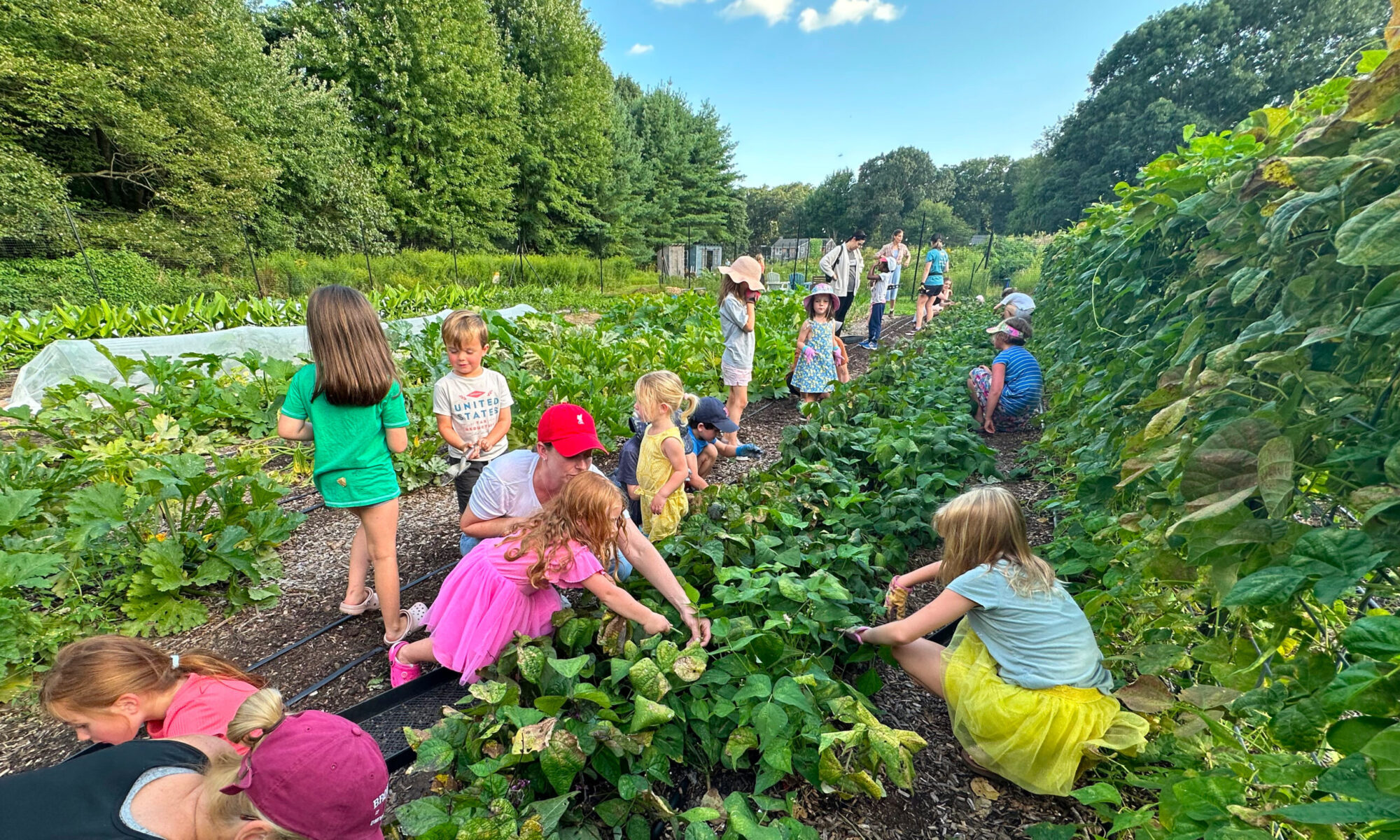Did you know there are 31,760 genes in a tomato? That is thousands more genes than the average human! That is one complex plant and it is vital for us to save and reuse this information through seed saving techniques. When we do, we are joining generations of families all over the world who have bred and saved to get the modern tomato we’ve come to love and enjoy.
While there is so much to learn and know about seeds and seed saving, we thought to share two main differences to keep in mind when thinking about collecting these little powerhouses of stored energy: open-pollinated or hybrid.
Open-pollinated seeds are seeds for which the new plant will essentially be an exact match of the previous year’s plant. These seeds and plants have stood the test of time and have often been passed on for generations. Many will know these seeds as ‘heirlooms or heritage’ seeds if they can trace the line for fifty years or more.
The great thing about open-pollinated seed and plants is most often the great stories that come with them, of how they were acquired or passed on. As well, these plants tend to be very rich in texture and flavor, making them highly prized and sought after by those in the know. Ideally, you will keep space between different varieties of the same species to avoid cross-pollination, but there are many ways to cross-pollinate purposely and successfully to acquire certain desired traits.
To that end, hybrid seeds have become an essential part of organic farming, especially for market farms, where vigor, uniformity, and yield make a big difference when it comes to the bottom line. These seeds are carefully crafted through crossing two genetically different plants in order to access the best traits of each plant. One plant has the flavor while the other may have the disease resistance. Crossing the two allows for the best of both worlds. The one main drawback to hybrid seed is that saving the seed will not give you the same plant the next year.
There is, of course, a plethora of information on the web and all kinds of videos about how to save and store specific seeds. Here is one such article, a favorite of board member and farmer extraordinaire, Aby O.
For us at the farm, the future of blending our educational goals with the market goals will be to merge these two growing practices of seed saving and crop production as much as possible.
As for you, keep an eye out for wonderous seeds and their stories circulating around the neighborhood and save some seeds today. Perhaps there is a wonderful variety you have for us to grow on the farm and share it with the greater community. Together, we join in and take part in the collective responsibility of hundreds of generations before us.

